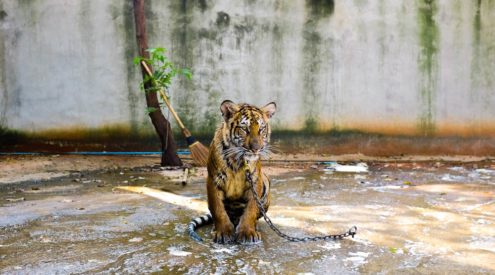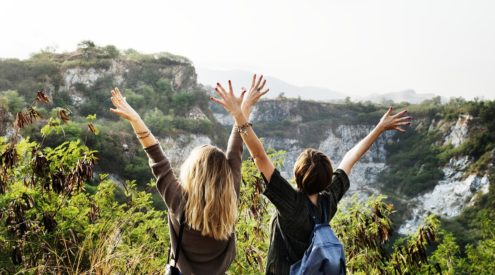I won a fantastic weekend in Soweto through the Getaway, Fair Trade Tourism South Africa and SoWeToo. The weekend was to include various activities not usually associated with common tourist activities or air-conditioned tour buses.
My tour guide TK Dube arrived at the hotel as I finished my meal and we were ready to go. I was wearing heeled boots, given the predicted bad weather. I should’ve changed into more comfortable sneakers! The walk was not particularly strenuous but my feet definitely felt ‘walked in’ later that evening as the route incorporates both the Walter Sisulu Square of Remembrance and the Kliptown informal settlement. TK – short for Ntokozo – is from the area of Kliptown and still lives there with his father and four siblings. He’s the sole breadwinner and runs TKD Tours as a means of employment for himself and to give tourists a more grass-roots, tactile experience.
We took a stroll around the square to take in the various market-stalls that populate the edges of the square, the pillars below the hotel and the busy Union Street that runs along the outside of the hotel. Here you can expect to find colourful African cloth hanging overheard, informal food stands, herbalists and shoe repairmen mixed up with formal stores that house anything from franchise eateries to ‘Chinese’ clothing stores. The street teems with people looking for a bargain, kids running amongst them and men playing morabaraba (a Sesotho board game). TK pointed out that the resilience and pride of the people in the area is high – hence, members of the community would rather create their own enterprises and businesses than beg by roadsides.
We moved on to the square itself – an area, rich in symbolism, which commemorates the signing of the Freedom Charter on 26 June 1955 . The ten tenets of the Freedom Charter are represented by ten concrete pillars at the Square’s edge, which have statues indicative of each tenet.
The square is lined with acacia trees from each of the nine provinces and the ‘X’s in the concrete buildings, which house the post-office and banks and the Soweto Hotel’s Conference Centre, represent the crosses made on ballot papers that brought about democratic freedom. The large cone-like structure in the middle of the square has a circular steel disc inside with each of the ten Freedom Charter tenets inscribed on it.
We then moved on to the Kliptown informal settlement, a neglected community over the railway tracks from the square. Despite the poverty in the physical surroundings, the people are resourceful and look after each other’s safety. A barren area next to the railway bridge, that used to be a dangerous spot where opportunist criminals would take advantage of those crossing over, has been transformed into a vegetable and fruit garden which benefits the community in more ways than one.

The sense of community was highlighted for me by a young group of girls huddled together eating ice-suckers. TK pointed out that children in suburban areas probably spend more time in front of Playstations or spending their parents’ money on frivolous activities; whereas children here, he believes, are freer to roam around, interact with each other and share what they have.
TK showed me Charlotte Maxeke’s house, an official Johannesburg City Heritage site – a rather modest abode, given her importance to Black pride and the freedom movement. Charlotte Maxeke, born in 1874, became the first African female graduate in South Africa after completing her B.Sc from Wilberforce University in America. She was also one of the first Black South Africans to campaign and fight for freedom from exploitative and social conditions for African women.
Most of the houses in the area make use of found building materials – re-used bricks, mud and grasses. These make for cost-effective houses which are unfortunately always in danger of falling apart when heavy rains lash them. All the families which owned houses in the area were forcibly removed from the area during Apartheid. Only one house is still in the care of the original family.
We indulged in some common childhood memories at a little tuckshop and realised further how most of us grew up with the same foods or sweets, but known by different names. I have always seen the amakipkip t-shirts but didn’t know the term actually referred to the colourful popcorn that I know so well.
We found an old lady cooking up some chicken snacks under the bridge at the end of the tour. These little chicken pieces – feet (‘runaways’), liver, necks and the like – are R1 a piece and the kids in the area crowded around for some bites. Once again, the enterprising spirit of the Kliptown community was not lost on us!
To read more about FTTSA and see a list of all certified businesses go to www.fairtourismsa.org.za or joinFTTSA on Facebook.

























